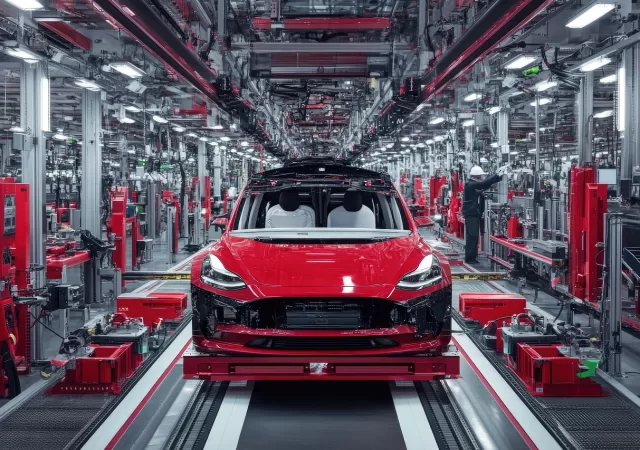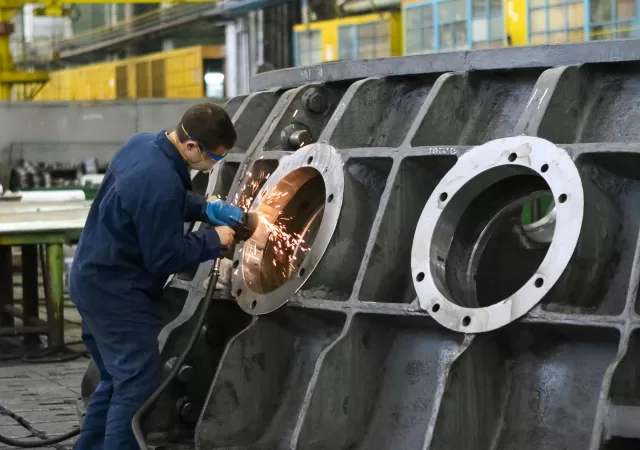Digitization and AI deployment in the manufacturing space doesn’t need to revolutionary, it can be evolutionary according to Red Hat’s Kelly Switt.
Riding the Digital Wave: Agile Manufacturing in ASEAN’s AI-Powered Future, Securing Every Byte
As digitalisation continues to be a cornerstone for most companies, manufacturing is riding a digital wave and evolving beyond just automation to implementation of AI solutions.
Work With What You’ve Got To Streamline Operations
Mr Varinderjit Singh, General Manager at Lenovo Malaysia shares insights into the manufacturing industry and discover effective ways to increase output in a challenging economic environment.





